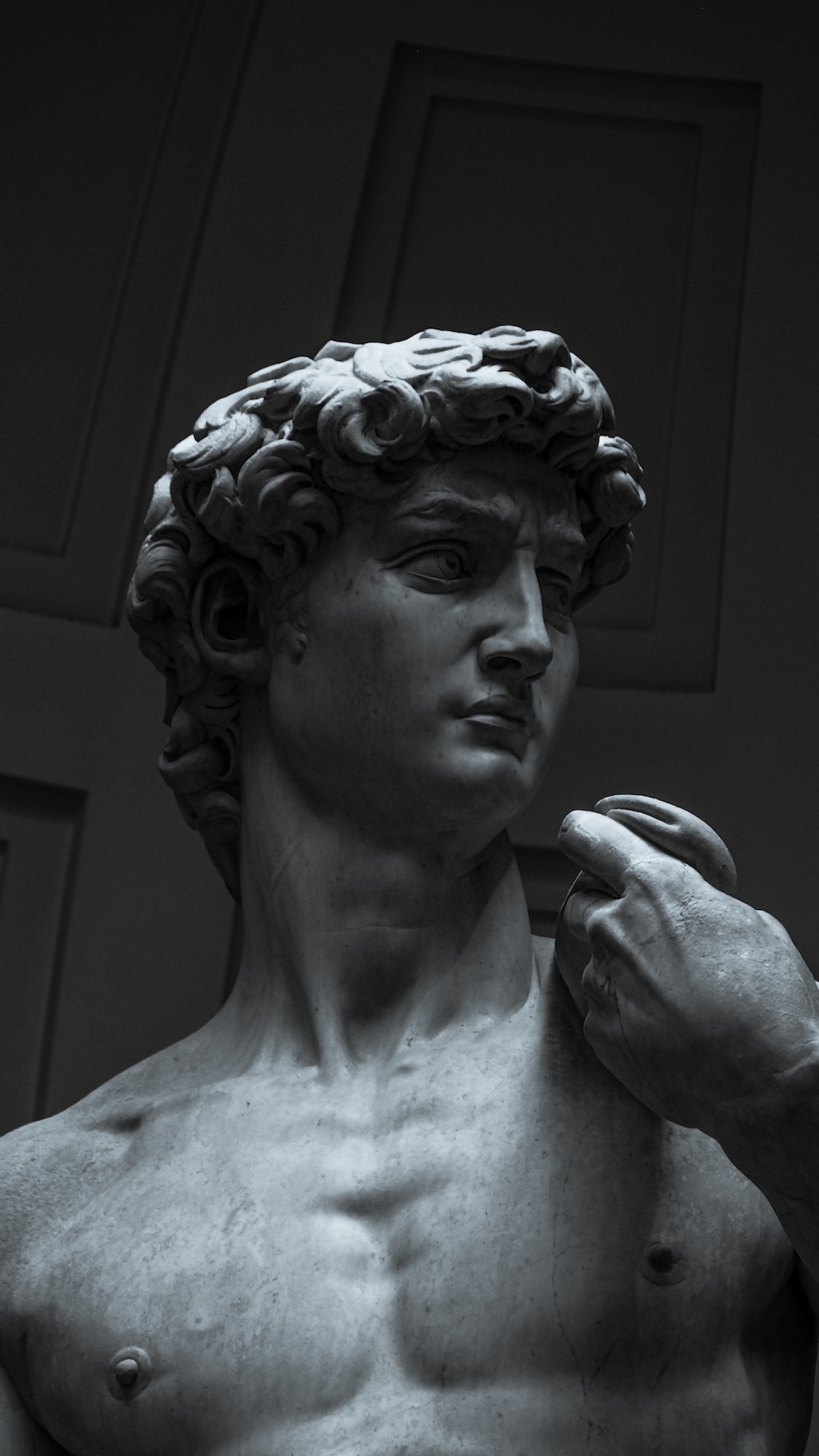The Renaissance, a term derived from the French word for “rebirth,” signifies a profound transformation in European history that spanned from the 14th to the 17th centuries. Rather than being an isolated event, the Renaissance acts as a connecting bridge from the medieval era, known as the Middle Ages, to the subsequent Age of Enlightenment and into the annals of modern history.
Origins and Growth
This era did not emerge abruptly; instead, it blossomed in a fragmented manner. Early hints of this transformation can be traced back to Italy, particularly in cultural hubs such as Florence. From its Italian roots, the ideals of the Renaissance spread, gradually engulfing much of the European continent. For some historians, this period marks the onset of the modern age.
Central to the Renaissance was the genesis of a renewed version of humanism. Drawing inspiration from the Roman concept of “Humanitas,” it also incorporated a rekindled interest in ancient Greek philosophies, such as those of Protagoras, who famously proclaimed, “Man is the measure of everything.”

Manifestations in Different Fields
This rejuvenated perspective was not confined to philosophy. It permeated various domains, from art and architecture to politics, literature, and the sciences.
- Art and Architecture: Renaissance art witnessed revolutionary advancements, most notably the introduction of perspective in oil painting. This technique allowed artists to depict the three-dimensional world on a two-dimensional canvas realistically. Another major discovery was the ancient technique of creating concrete, which played a pivotal role in architectural achievements of the period.
- Literature: The literary realm witnessed a resurgence of Latin and vernacular writings, with roots anchored in ancient sources. Petrarch, often termed the “father of humanism,” was credited by his contemporaries for this revival.
- Science: In the scientific domain, there was a discernible shift towards empirical observation and inductive reasoning. Instead of merely relying on religious or traditional explanations, thinkers began to observe the natural world and draw conclusions from it.
- Politics: On the political front, the Renaissance introduced refined customs and conventions in diplomacy, emphasizing negotiation, statecraft, and the balance of power.
While the era was marked by upheavals in various intellectual fields and witnessed significant socio-political changes, it remains most renowned for its artistic breakthroughs. Legendary polymaths like Leonardo da Vinci and Michelangelo emerged during this period, embodying the quintessential “Renaissance man” – individuals proficient in a wide range of disciplines.

Birthplace: Florence
The cradle of the Renaissance was the city of Florence, located in the heart of Italy. Historians have proposed numerous theories to explain the unique circumstances in Florence that fostered such a vibrant cultural rebirth. These include its distinct social and civic structures, its democratic political framework, and the influential patronage of the Medici family, who were avid supporters of the arts and sciences.
Another significant catalyst was the influx of Greek scholars and ancient texts into Italy. This migration was largely prompted by the Fall of Constantinople in 1453, which resulted in the city being captured by the Ottoman Turks. This event caused many Greek intellectuals to seek refuge in Italy, bringing with them precious knowledge that would fuel the Renaissance.
Beyond Florence, other northern Italian city-states like Venice, Genoa, Milan, Bologna, and, later, Rome during the Renaissance Papacy, became major centers of artistic and intellectual activity.
Historiography and Controversies
The Renaissance, as a historical epoch, has been the subject of extensive research, leading to a rich but complicated historiography. Historians of the 19th century glorified the Renaissance, often elevating individual figures to the status of “Renaissance men.” However, in subsequent years, scholars have debated the accuracy and utility of the term “Renaissance” as a distinct period. Erwin Panofsky, a renowned art historian, noted the resistance to the notion of the “Renaissance,” suggesting that some questioned its existence as a standalone era distinct from the Middle Ages.
In Conclusion
The Renaissance, whether viewed as a distinct period or a gradual transition, undeniably shaped the course of European history. Its reverberations can still be felt today, as the era laid the groundwork for modern thought, art, science, and politics.





